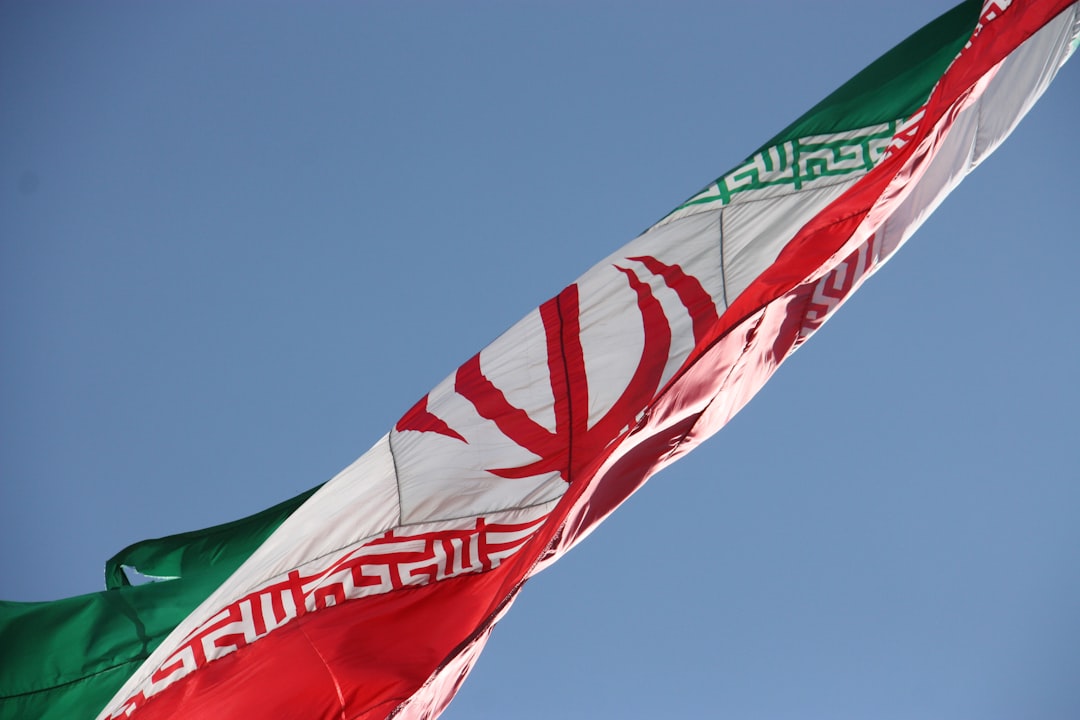U.S. Strikes on Iran: A Comprehensive Analysis
The geopolitical landscape of the Middle East has been profoundly shaped by the complex and often contentious relationship between the United States and Iran. Recent U.S. military strikes targeting Iranian interests have intensified this dynamic, raising critical questions about regional stability, international law, and the future of U.S.-Iran relations.
Historical Context
The U.S.-Iran relationship has been fraught with tension since the 1979 Iranian Revolution, which led to the establishment of the Islamic Republic and the severance of diplomatic ties with the United States. Over the decades, this relationship has been characterized by mutual distrust, economic sanctions, and periodic military confrontations.
Recent U.S. Military Actions
In early 2024, the United States conducted a series of airstrikes targeting Iranian-backed militia groups in Iraq and Syria. These operations were in retaliation for attacks on U.S. forces, including a drone strike on the Tower 22 base in Jordan that resulted in the deaths of three American soldiers and injuries to 47 others. The U.S. strikes aimed to degrade the capabilities of groups such as Kataib Hezbollah, which had been implicated in the attacks on American personnel. (en.wikipedia.org, fdd.org)
The U.S. military reported that these strikes targeted over 85 locations, including command and control centers, weapons storage facilities, and training sites. The operations were described as necessary and proportionate responses to the escalating threats posed by Iranian-backed militias. (usnews.com)
International Reactions and Controversies
The U.S. strikes elicited strong reactions from various international actors. The Iraqi government condemned the attacks, stating that they violated Iraq''s sovereignty and could destabilize the region. Similarly, the Syrian government decried the strikes as an act of aggression that undermined regional stability. (france24.com)
Russia also weighed in, calling for a United Nations Security Council meeting to address what it termed a threat to international peace and security. Russian officials warned that the situation was perilously close to escalating into a broader conflict, potentially involving nuclear powers. (time.com)
Debates and Divergent Perspectives
The U.S. military actions have sparked significant debate among policymakers, analysts, and the public. Key points of contention include:
Legality and Sovereignty: Critics argue that the U.S. strikes violated the sovereignty of Iraq and Syria, lacking explicit authorization from the United Nations or the host countries. Proponents contend that the strikes were justified under the right to self-defense, responding to direct attacks on U.S. forces.
Effectiveness and Consequences: Some analysts question the long-term effectiveness of such strikes, suggesting they may provoke further retaliation from Iranian-backed groups and escalate the cycle of violence. Others believe that demonstrating military resolve is essential to deter future attacks and protect U.S. interests in the region.
Congressional Oversight: The strikes have reignited discussions about the role of the U.S. Congress in authorizing military action. While some lawmakers support the President''s actions, others call for greater legislative oversight and adherence to the War Powers Resolution. (axios.com)
Statistical Insights
Casualties: The U.S. strikes reportedly resulted in the deaths of at least 54 individuals, including members of Iranian-backed militias. (en.wikipedia.org)
Scope of Operations: The U.S. military conducted over 125 airstrikes targeting more than 85 locations across Iraq and Syria. (en.wikipedia.org)
Practical Considerations
For policymakers and military strategists, several practical considerations emerge:
Risk Assessment: Evaluating the potential for escalation and unintended consequences is crucial before undertaking military actions.
Diplomatic Channels: Maintaining open lines of communication with regional partners and adversaries can help manage tensions and prevent misunderstandings.
Legal Frameworks: Ensuring that military actions comply with international law and respect the sovereignty of other nations is essential to maintain global legitimacy.
Comparative Analysis
| Aspect | U.S. Strikes on Iran-Backed Groups | Previous U.S. Military Actions in the Region |
|---|---|---|
| Legal Justification | Self-defense against attacks on U.S. forces | Varied; often cited self-defense or authorization by Congress |
| International Response | Condemnation from Iraq, Syria, Russia; calls for UN intervention | Mixed; some support, some condemnation depending on context |
| Effectiveness | Degraded militia capabilities; potential for escalation | Historically mixed outcomes; some successes, some unintended consequences |
Future Implications
The recent U.S. strikes on Iranian-backed groups have several potential future implications:
Regional Stability: Continued military actions may further destabilize the Middle East, potentially leading to broader conflicts involving multiple state and non-state actors.
U.S.-Iran Relations: The strikes could hinder diplomatic efforts to address issues such as Iran''s nuclear program and regional influence, making negotiations more challenging.
Global Security: Escalating tensions between the U.S. and Iran may have ripple effects on global security, affecting international trade, energy markets, and alliances.
Thought-Provoking Questions
Is military intervention the most effective means of addressing threats from non-state actors, or are there alternative strategies that could yield better long-term results?
How can the international community balance the right to self-defense with the principles of sovereignty and non-intervention?
What role should diplomatic efforts play in mitigating conflicts between nations with deeply entrenched hostilities?
Conclusion
The U.S. strikes on Iranian-backed groups underscore the complexities of modern warfare, where state and non-state actors are deeply intertwined. While these actions may achieve short-term tactical objectives, they also carry the risk of unintended consequences and escalation. A nuanced approach that combines military readiness with robust diplomatic engagement may offer the best path toward sustainable peace and stability in the region.
As the situation continues to evolve, it is imperative for policymakers, analysts, and the public to engage in informed discussions about the most effective and ethical strategies for addressing such multifaceted challenges.
